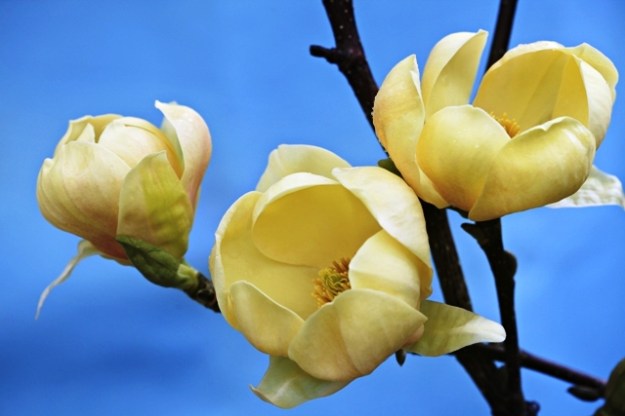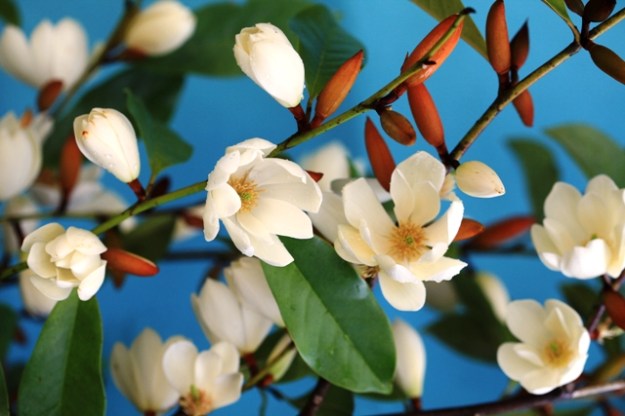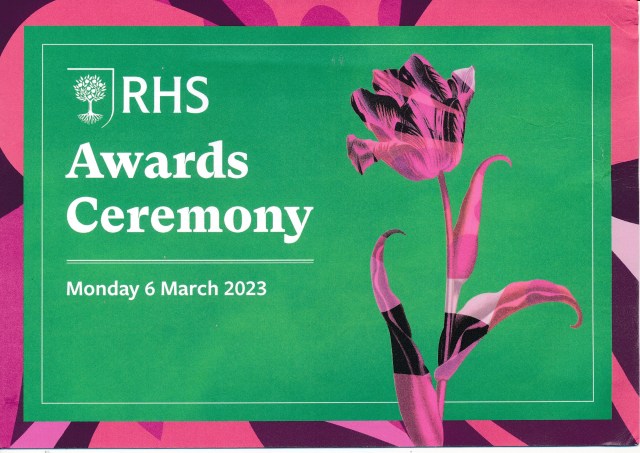
In different times, we would have been in London now for Mark to attend a special presentation. He has been awarded the RHS Veitch Memorial Medal although I don’t expect many people in this part of the world to understand just how big that honour is.
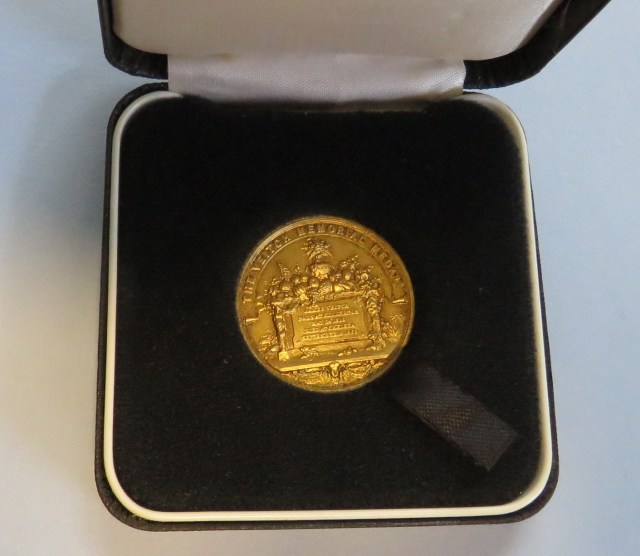
The Veitch is the highest honour Britain’s prestigious Royal Horticultural Society award to people who are not citizens of that country. It is also the highest international honour we know of in our field – a literal medal that is gold in colour but I rather doubt that it is made of gold. I draw a comparison to the medals earned by sportspeople when they win a world championship. For us, the honour is in that league.

We have known for about two months that Mark is one of this year’s recipients but were asked to keep it quiet until after the presentation ceremony in London yesterday. They usually award about four Veitch medals a year, covering the globe. For us, it is doubly special because Mark’s father, Felix, was awarded it in 1992 and this is one of the very (very) few times, that two generations from one family have received it. I still remember Felix’s quiet pride to be honoured internationally for his work in plant breeding.
I trawled the list of recipients down the years and oh my, but the company is very elevated internationally. As far as I could see, Mark is the thirteenth New Zealander to have been honoured since its inception in 1870, of whom only three others are still alive (Alan Jellyman, Keith Hammett and Bev McConnell).
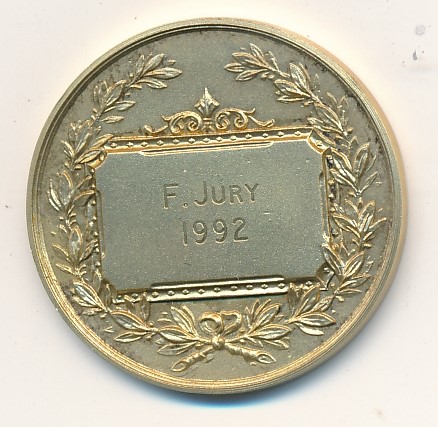
For Mark, it is even more of an honour to have been nominated by international colleagues. Last year alone, over 425 000 of his cultivars grown under licence were sold internationally. This does not include production and sales of plants he has bred but we did not retain ownership rights over.
Our thanks go to Anthony Tesselaar Plants, our Australian-based agents, who have had the role of managing Mark’s cultivars on the international market over many years and who have always acted in his best interests.
In the manner of magazine writers these days, I interviewed Mark with quickfire questions on his plants. Well, to put it more accurately, as we sat having an afternoon cup of tea, I double-checked my preconceptions.

Favourite magnolia you have bred: Magnolia ‘Felix Jury’. (Named for his father because it was what Felix was trying to get to in his earlier generation of breeding).

Favourite rhododendron: ‘Floral Sun’. (To quote Mark from an earlier time when he was unusually extravagant in his assessment or maybe had been drinking wine, “If I never breed anything as lovely as that again, I will die happy.”
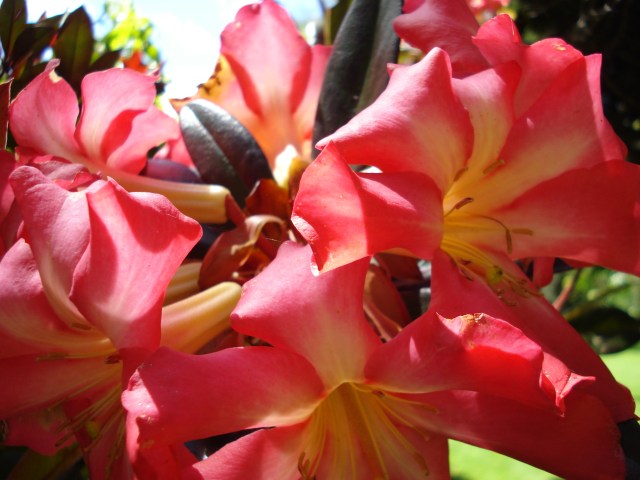
Favourite vireya rhododendron: ‘Pink Jazz’ (which is why it is named for our first-born child in an oblique sort of way).
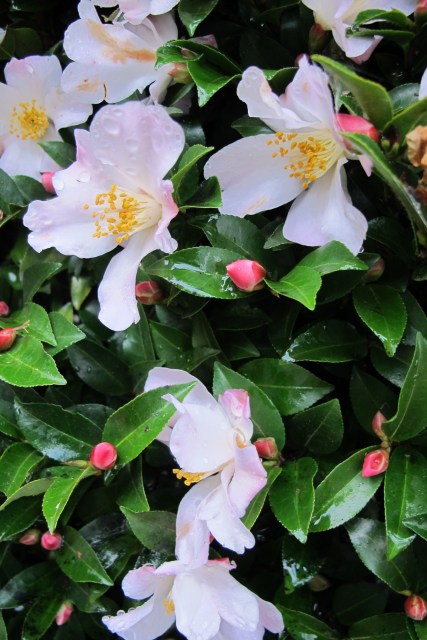
Favourite camellia: ‘Fairy Blush’ (known here as the one that got away from us in terms of retaining ownership rights. It was the very first plant of his own breeding that Mark named and released on the open market).
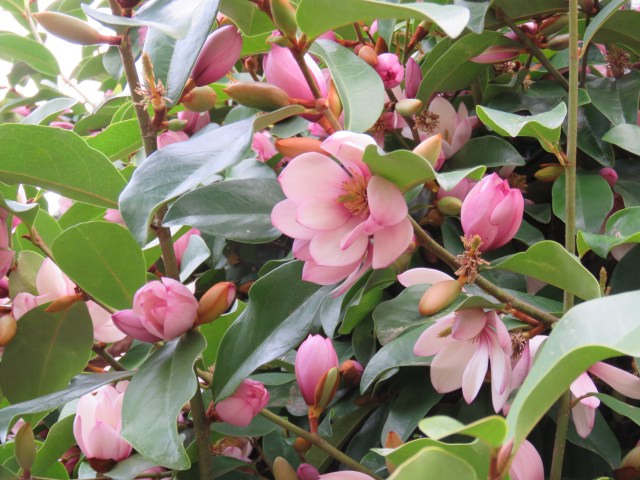
Favourite michelia: “RFA,” he replied. “Room for improvement”. The michelias are on ongoing project at this stage, but of those already released, he named ‘Fairy Magnolia Blush’ because it is the first to bring colour into the range.
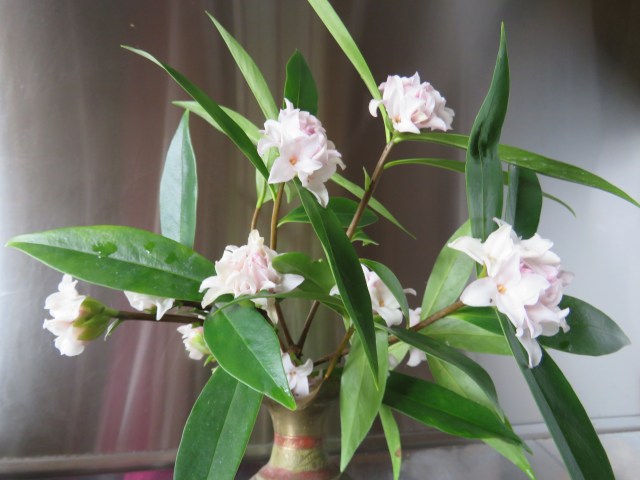
Biggest surprise: Daphne ‘Perfume Princess’.
It is not so much a red letter day here as a gold medal day and that does not happen often.


